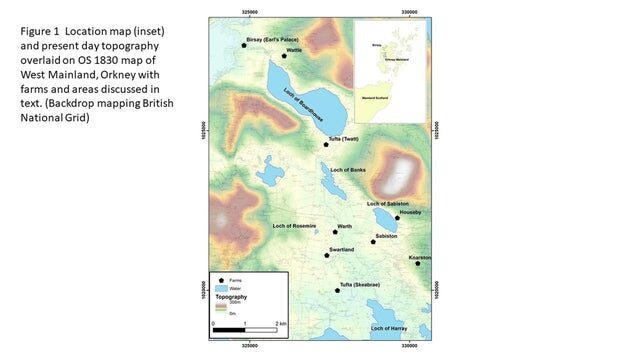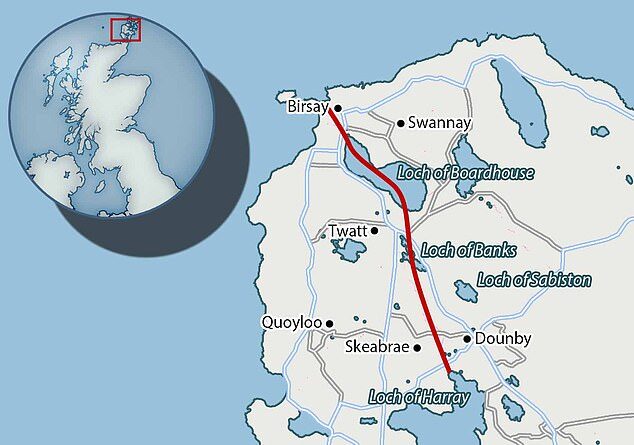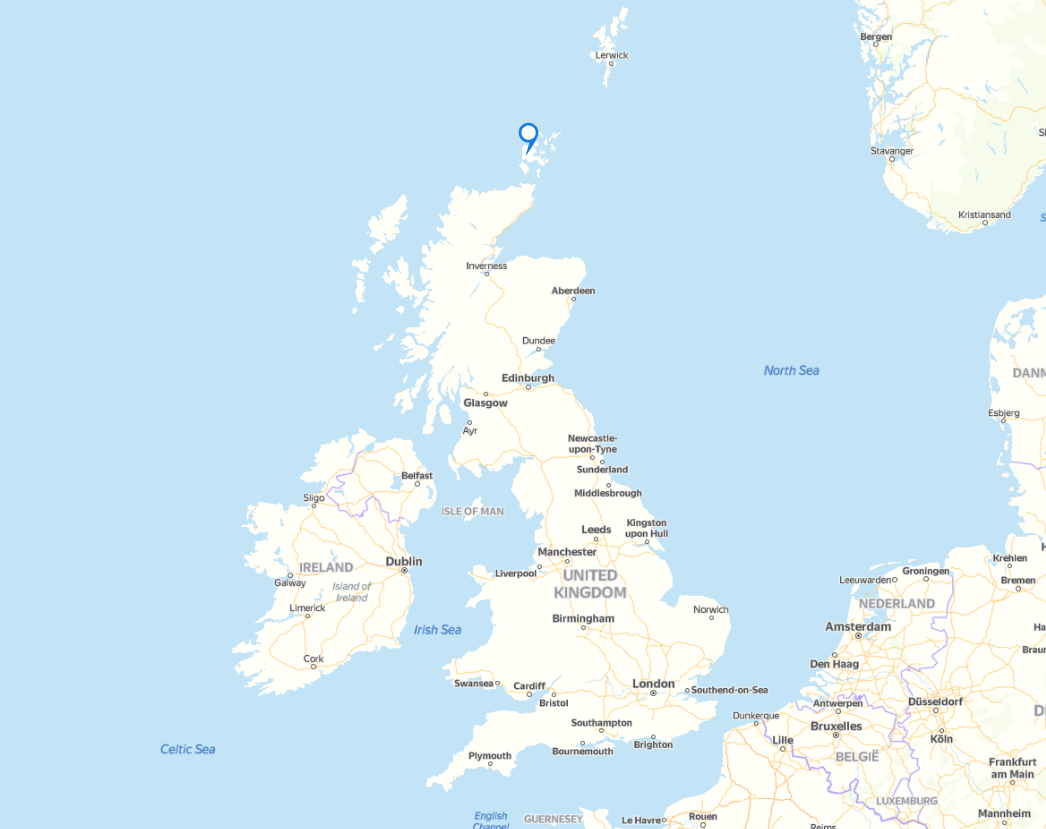
Now it is believed that Vikings were using a route from Harray in the central mainland through the Loch of Banks to a portage at Twatt before reaching the Loch of Boardhouse and ultimately the coastal powerbases of the Norse Earls at the Brough of Birsay, a tidal island off the very tip of the north west coast.
The waterway network would have provided a shallow route through which the Vikings were able to haul both their boats and heavy goods, such as grain.
Taxes and rents may have been gathered from the farms around Harray and transported on the waterway to Birsay with the route also offering a way to the waters of Scapa Flow and the North Atlantic.
The results, to be published in the Journal of Wetland Archaeology, are a collaboration between the Universities of the Highlands and Islands, St Andrews and Wales.
Dr Alexandra Sanmark of the Institute for Northern Studies at the University of the Highlands and Islands said: "I am delighted with the outcome, as multiple pieces of written and landscape evidence suggested the existence of the waterway. The results will be used in our continued study of how the Norse used and organised the landscape of Orkney."
A combination of the place names, modern scientific methods, remote sensing geophysical mapping and sediment samples was used to reveal that the area was connected through a series of ancient waterways or canals.

Dr Richard Bates of the School of Earth and Environmental Sciences, University of St Andrews, said: "It is quite fascinating to see how the scientific investigation can be verified by the toponymic study. I would not have believed that both parts of the evidence would have survived nearly a millennia of change."

The medieval Viking names for farms and homesteads have long been known and studied in northern Scotland and the Isles. The new study investigated some of the names that have sea or boat connotations used for places that today are far inland in central Orkney.
The included names such as Greenay, meaning shallow waters, or Knarston (Old Norse 'knarrar staðir'), which is derived from the words for a transport vessel (Old Norse 'knörr') and a farm or homestead (Old Norse 'staðir') to give the name of a place where the vessels were moored.
Meanwhile, researchers used remote sensing geophysical methods to map a series of now infilled channels that extended north from the Loch of Harray to the lochs of Sabiston and Boardhouse towards the Earls seat of power in Birsay.
The data was combined with information about the old landscape obtained from environmental records within sediment samples.
These were cored from key sites throughout the area. The land is now dominated by agricultural activity and heavily modified by artificial drainage networks constructed over the last three centuries making it difficult to see anything of the old waterways at the surface today. However, once the scientific data was analysed it was possible to model the pathways and link them to the nautically named locations.




Comment: See also: